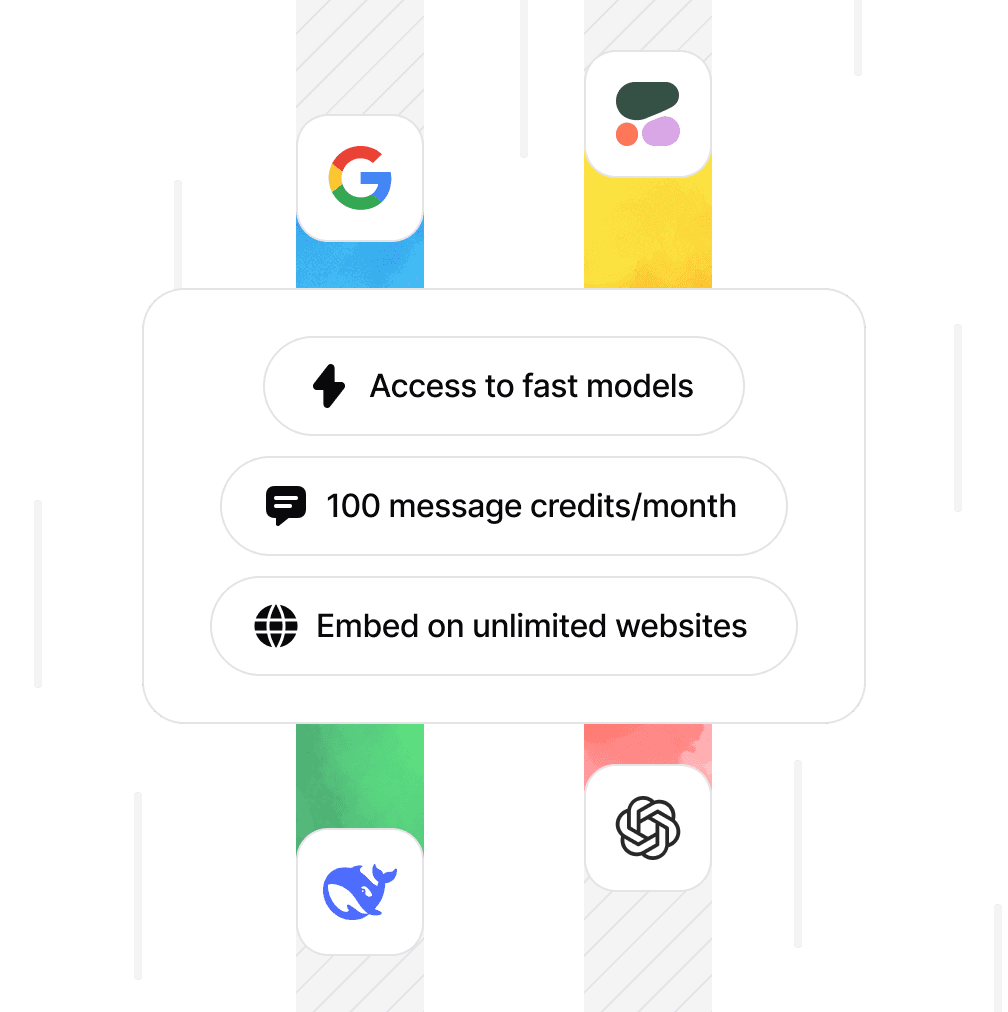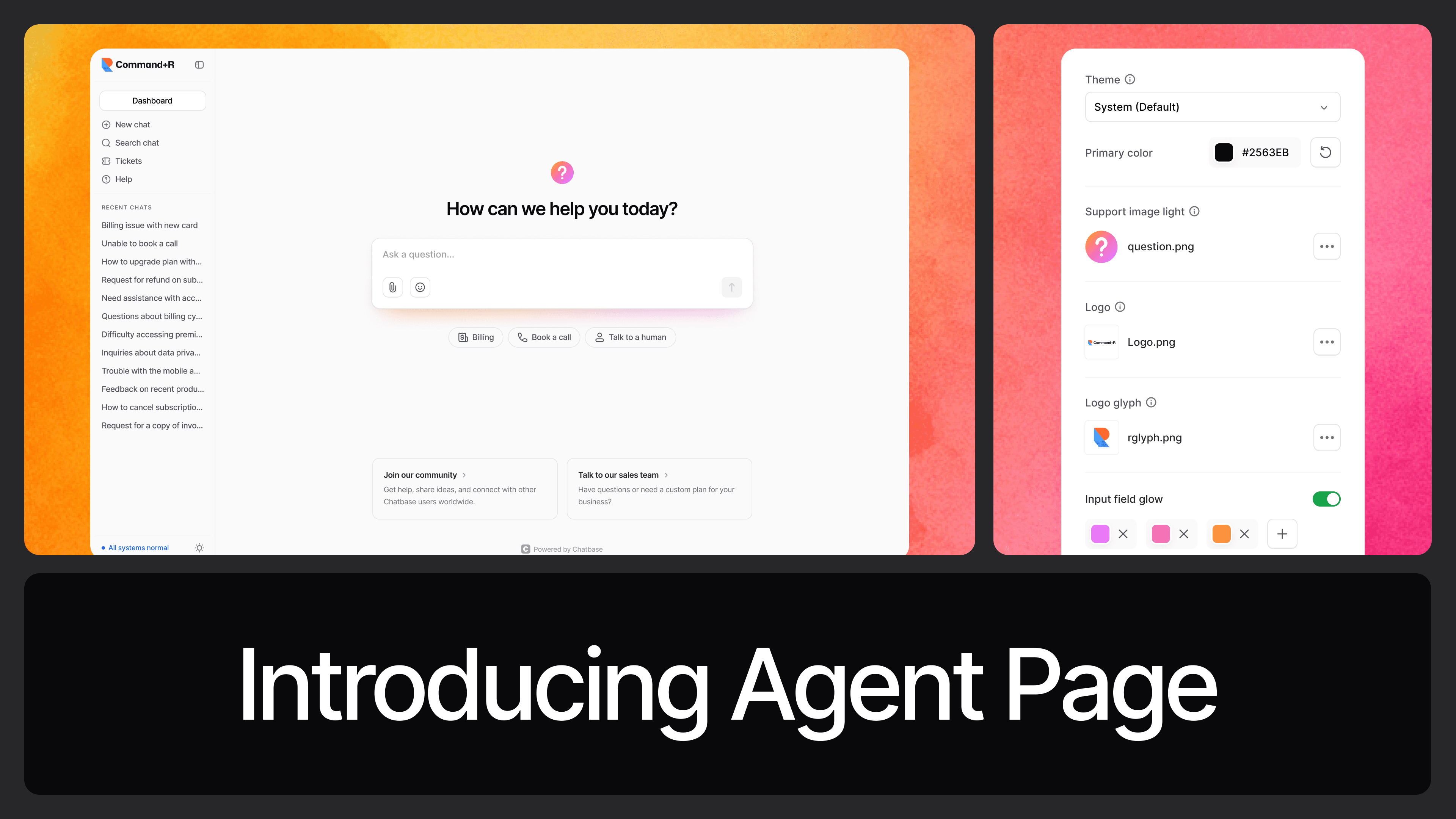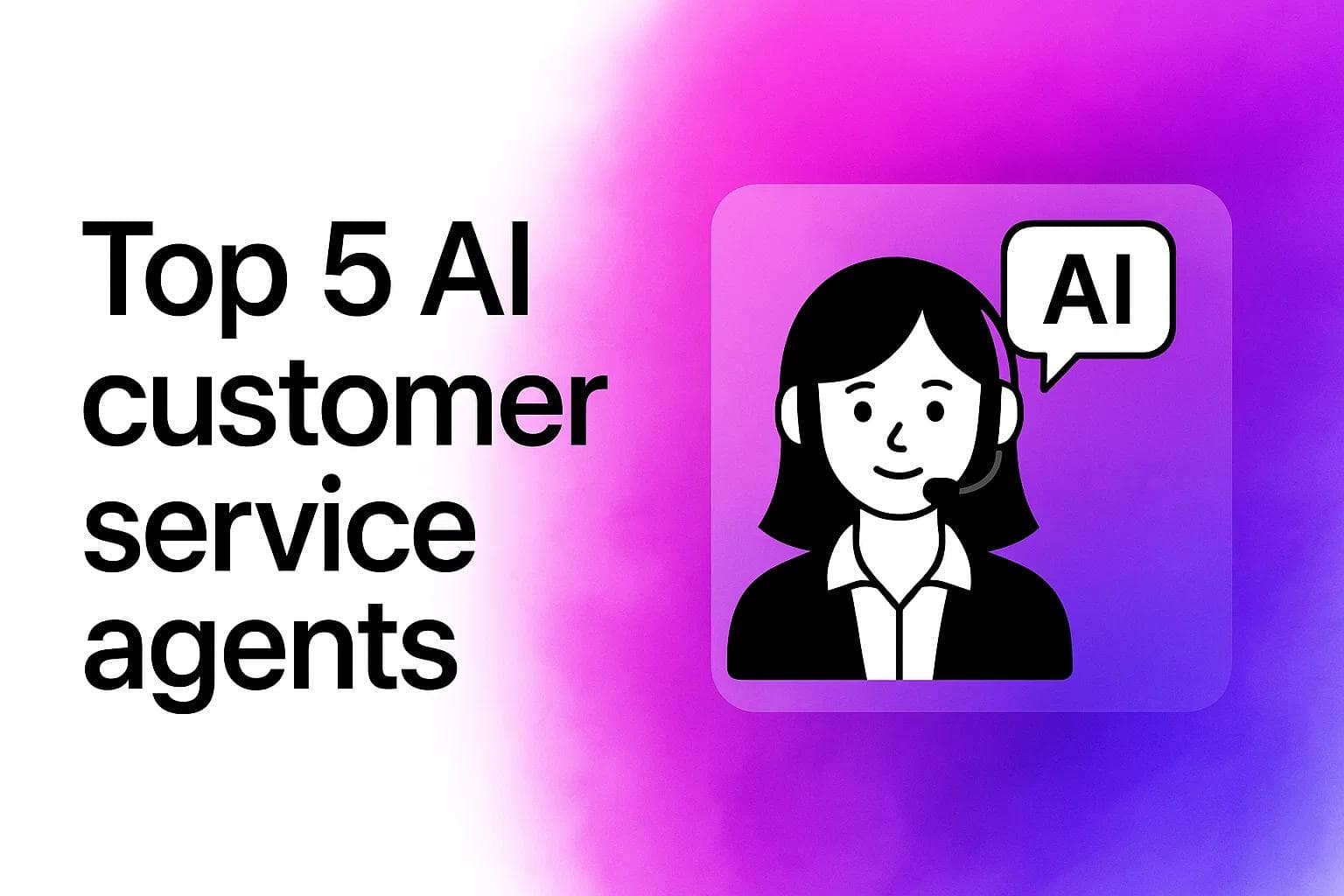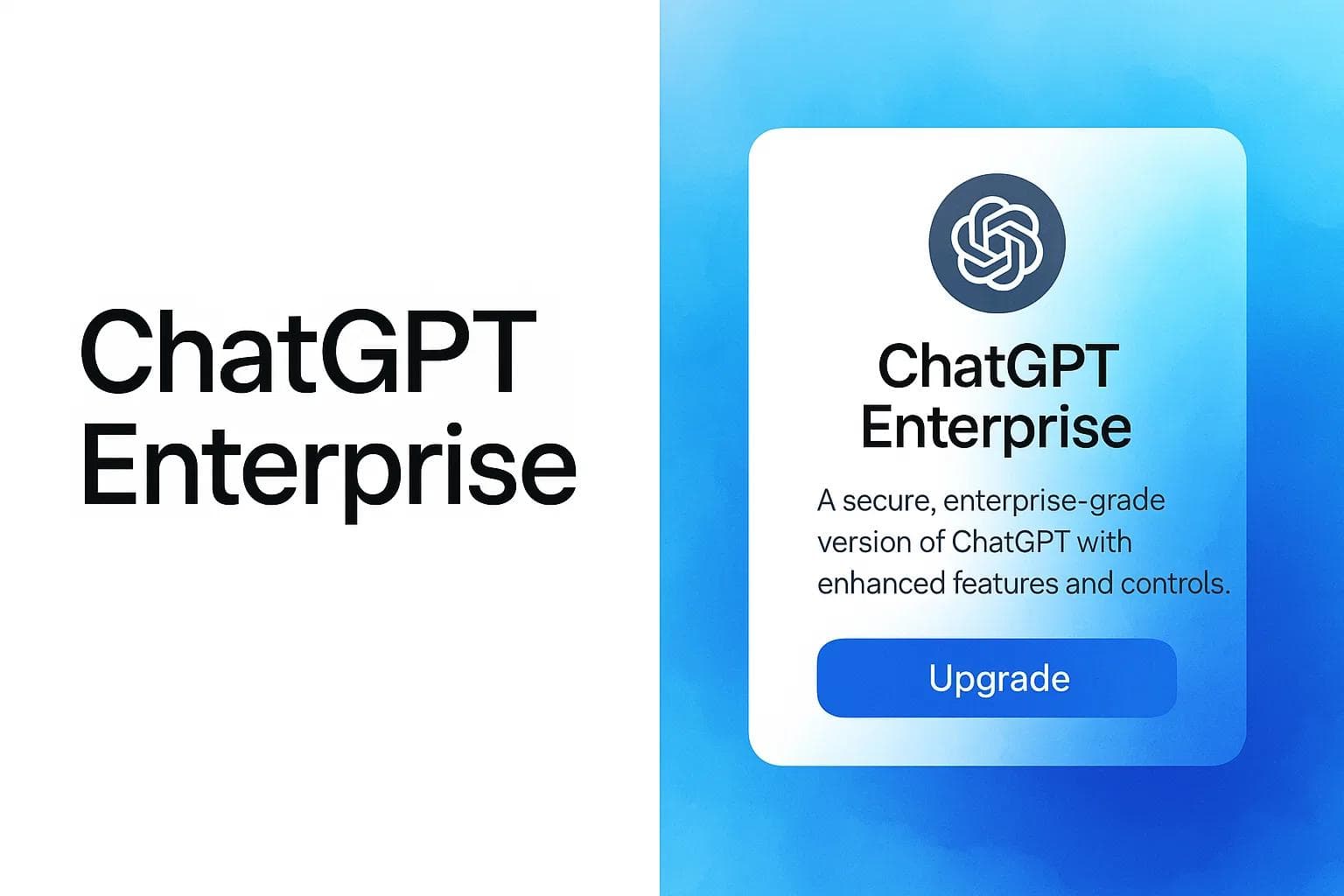15 Ways to Improve Customer Support
Max T
Jun 10, 2025
8 min read
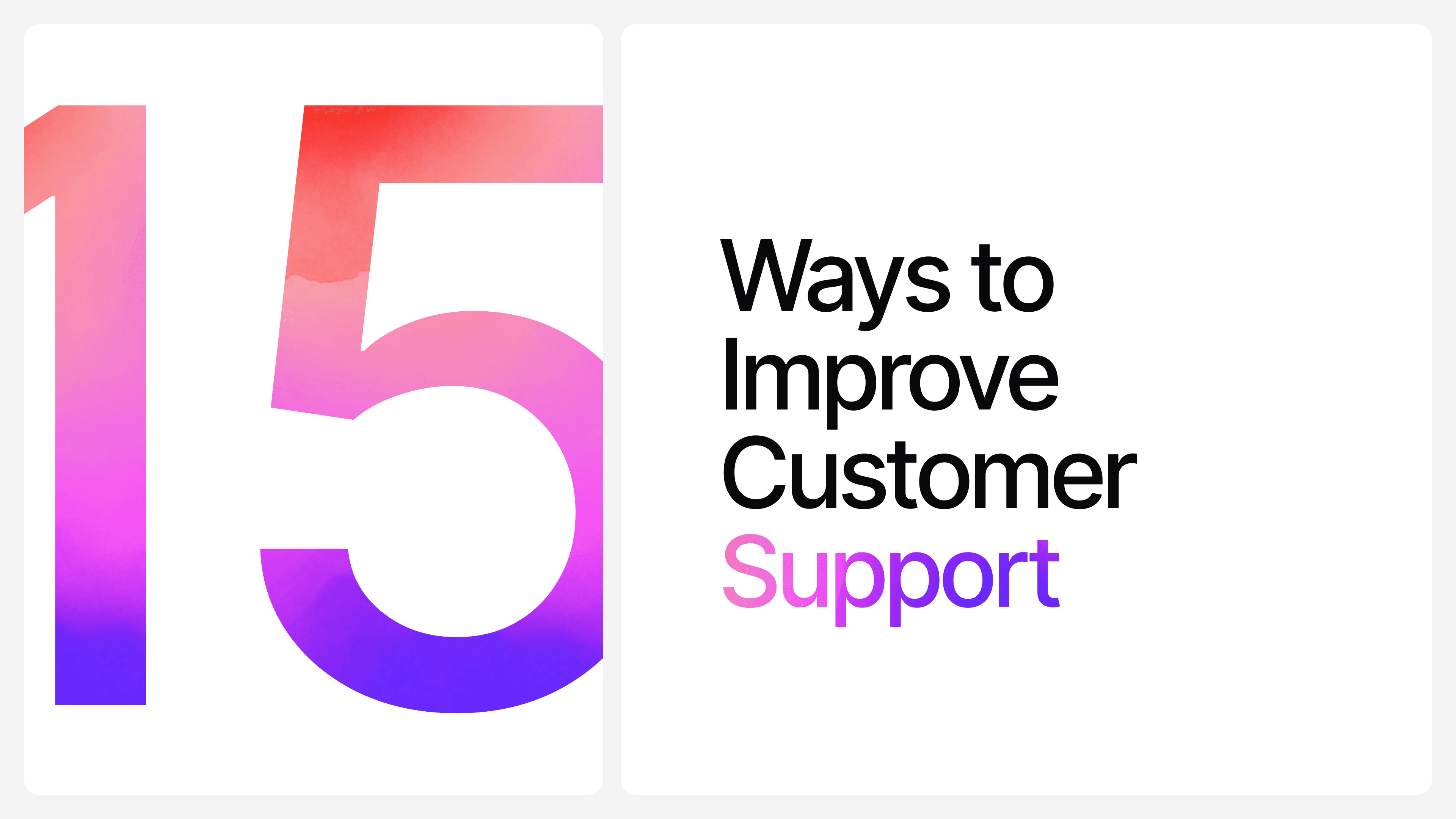
Customer support is often misunderstood.
Some businesses still treat it like an afterthought, a checkbox, a cost center, something to patch up complaints after the real work is done. But that mindset quietly kills momentum.
Support isn’t just about fixing issues. It’s an extension of your product, your marketing, your brand. The way you respond, guide, and reassure customers during key moments can shape how they talk about you, whether they stay, and if they ever come back.
It can affect retention. It can affect your margins. It can affect your reputation in ways ads never will.
So improving your customer service isn’t just about being “nicer,” it’s about strengthening one of your most critical growth levers.
Now let’s talk about how to actually do that…
1. Create Internal "Response Recipes" for Repeated Issues
Most support teams deal with the same 10–20 questions repeatedly. But even with macros or templates, responses can still vary; tone, details, and escalation paths.
Instead of just having canned replies, build internal "response recipes" for your top issues. These should include:
- A clear explanation of the issue in plain language
- Suggested reply structure (opener, main body, closer)
- Internal notes: when to escalate, what to avoid saying, which teams to loop in
It’s like giving your team a playbook. Consistency improves. Resolution time drops. And new hires ramp up faster.
2. Add Friction-Free Feedback Loops Inside the Support Flow
Most companies ask for feedback after the support experience, usually with a boring “How did we do?” email.
Flip that.
Make it easy for users to give feedback while they’re interacting with support; think live chat thumbs, a quick rating button after an answer, or a "Was this helpful?" right beneath knowledge base articles.
You’ll catch problems earlier and spot patterns in real time, not post-mortem.
3. Create a "Known Issues" Log That Customers Can See
Internal issue logs are great, but external-facing versions build trust and reduce ticket load.
Keep a lightweight “known issues” page or widget where customers can check if a bug or outage is already being worked on. Keep it human and updated regularly.
This simple move instantly cuts frustration and shows customers you’re not hiding from problems.
4. Run “Lost Conversation” Audits Monthly
Most teams track resolved tickets, but what about the unresolved ones? The quiet drop-offs, the conversations that ended with “Thanks” but no actual fix?
Each month, sample 10–15 of those cases. Look for:
- Where the conversation broke down
- If the user gave up because of complexity or slowness
- Whether the agent closed the loop or left it open-ended
This kind of audit surfaces blind spots your usual metrics don’t catch. It’s not about blame, it’s about building sharper instincts as a team.
5. Give Support Agents Access to Product Roadmaps
Customer support agents are often the last to know what’s shipping, even though they’re the first to hear what’s broken or missing.
Loop them into roadmap updates. Not just vague feature announcements, but context:
- Why you’re building something
- What to say if customers ask
- Where the edge cases are likely to show up
This kind of visibility helps support respond more intelligently and makes customers feel like they’re talking to insiders, not middlemen.
6. Build a Mini Internal Glossary for Jargon and Product Terms
Ever had a customer support agent explain something in a way that made it even more confusing?
That’s usually a sign they don’t fully grasp the product language, or are using it differently than product or marketing.
Solve that with a living glossary. Define internal acronyms, feature names, processes, and terms customers tend to misunderstand. Keep it short, simple, and accessible.
Consistency in language = consistency in experience
7. Build Escalation Triggers Based on Customer Profile, Not Just Issue Type
Most support teams escalate based on issue type or urgency. But not all customers are equal; some need more hand-holding, others expect faster handling.
Instead of a one-size-fits-all rule, build escalation triggers using customer profile data:
- Is this a high-LTV customer?
- Are they on a time-sensitive plan (e.g., enterprise trial)?
- Have they had repeated issues recently?
Use that to prioritize who gets faster responses or access to more senior support, it’s a smarter, relationship-driven way to work.
8. Hold "UX Debriefs" Between Support and Product Every Quarter
Support gets a front-row seat to all the UX problems customers run into. But if that feedback stays locked inside tickets, product teams never hear it directly.
Fix that with quarterly UX debriefs:
- Go through patterns of confusing flows, dropdowns, wording, etc.
- Let support narrate the frustration in plain terms
- Prioritize quick fixes. Not everything needs a full redesign
It’s one of the fastest ways to improve customer satisfaction without writing a single new feature.
9. Train Agents to Detect Emotional Cues — Then Route Accordingly
It’s not just what users say, it’s how they say it.
Train agents to spot emotional cues: frustration, sarcasm, urgency, hesitation. Then define soft routing logic:
- Escalate fast if frustration is high
- Slow down and explain more if the customer seems confused or overwhelmed
- Offer options instead of solutions if they seem skeptical
This is tactical empathy. Support that adapts to tone is leagues above canned interactions.
10. Build a "No-Contact Needed" Help Layer
Every time a customer has to reach out to support, that’s a UX failure somewhere.
The fix? Design a help layer that prevents contact altogether:
- Tooltips with micro-help inside the UI
- Smart search in the knowledge base that ranks answers based on actual ticket frequency
- Inline error messages that explain how to fix an issue, not just say “something went wrong”
This approach shifts support from reactive to preventive. Over time, it reduces volume and builds confidence.
11. Treat Support Tickets as Product Intelligence, Not Just Tasks
Tickets hold raw, unfiltered user feedback. If you’re just closing them and moving on, you’re wasting insight.
Create a habit of tagging patterns:
- “Login confusion”
- “Billing surprise”
- “Feature misunderstanding”
Over a quarter or two, those tags become powerful trendlines. Share them with product and marketing. They’ll see what the roadmap or website isn’t doing well, straight from the frontlines.
12. Set Up Lightweight Internal Peer Reviews for Support Replies
You QA your code. Why not QA your customer interactions?
Set up simple peer reviews for support replies, one per agent per week. No heavy scoring sheets. Just honest feedback from a teammate:
- Was the tone on point?
- Could it have been clearer or shorter?
- Was the issue fully closed out?
It sharpens communication, builds team alignment, and keeps standards high without needing a full-blown QA team.
13. Proactively Surface Support Gaps with Internal Shadowing
It’s easy for managers to lose touch with what day-to-day support feels like. That’s when gaps widen between strategy and reality.
Fix this with monthly internal shadowing:
- A product manager joins a few live chats or reads transcripts
- A marketer listens in on support calls
- A team lead handles tickets for an hour
You’ll spot friction points fast, in tools, policies, or even team bandwidth and it builds empathy across departments.
14. Build “Decision Trees” for Complex Issues
Some support requests aren’t one-step answers. They branch, depending on the customer’s context, plan, setup, or platform.
Instead of making agents memorize every variation, give them decision trees. These flowcharts walk agents through:
- Questions to ask
- Common fork points
- What answer to give based on responses
It reduces cognitive load and ensures the response logic stays consistent, even for edge cases.
15. Embrace AI
Let’s be blunt: AI isn’t just a shiny new tool for customer support, it’s a competitive necessity.
If you’re not actively integrating AI into your customer support workflow, you’re not just “waiting to catch up,” you’re already behind. The companies beating you to faster resolutions, 24/7 availability, and better customer satisfaction scores? They’re not working harder. They’re working smarter, with AI handling the bulk of the repetitive, low-complexity interactions.
This isn’t about replacing your support team. It’s about amplifying them, whether through AI or dedicated call answering services. AI helps reduce ticket backlog, eliminate repetitive responses, and guide customers to faster answers, while freeing up your human agents to focus on high-empathy, high-stakes conversations.
Why AI Is One of the Most Critical Upgrades in Modern Support
Here’s what AI does that traditional support systems can’t:
- Scales instantly: AI doesn’t sleep. It can handle hundreds of chats simultaneously, day or night.
- Responds consistently: No mood swings, no burned-out reps. Customers get accurate answers every time.
- Understands context: With the right data, AI can personalize responses based on a user’s profile, purchase history, or last conversation.
- Learns and improves: AI systems can be trained on your own data, helping them improve over time based on real interactions.
- Takes action: This isn’t just Q&A. Modern AI support agents can fetch order status, book appointments, trigger internal workflows, and more.
If you think AI means boring, robotic replies, think again. The current generation of AI agents are fluid, intelligent, and getting more useful by the month. Ignoring this shift is like refusing to adopt email in the 2000s; your customers will move on without you.
Chatbase: The Smartest Way to Start With AI Customer Support
If you’re looking for a fast, easy, and powerful entry point into AI-powered customer service, Chatbase is the best place to start.
Chatbase helps you launch your first AI support agent in minutes; no code, no confusion.
With Chatbase, you can:
- Train your AI agent on your docs, FAQs, or website content, so it speaks in your brand voice
- Deploy the AI to your website, Messenger, Instagram, or Slack
- Enable real actions like collecting leads, checking order statuses, booking meetings, escalating tickets, and more
- Track performance via a clean analytics dashboard that shows what customers are asking, how they feel, and how your AI is handling it
Get Started with AI Support Today — For Free
You don’t need to overhaul your entire support team overnight.
Start small. Launch one AI agent. Let it handle the FAQs, the “where’s my order,” the “how do I cancel,” the “do you offer this plan.” See how much time it saves. Then scale.
Chatbase makes this transition easy, and even better, it’s free to start. No complex pricing until you start seeing real volume.
→ Sign up for Chatbase and build your first AI customer support agent today. Your future support team will thank you. And your customers? They’ll feel the difference instantly.
Share this article:
